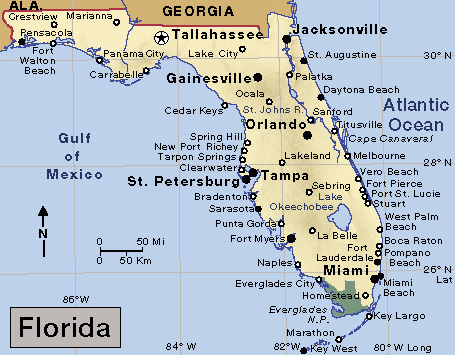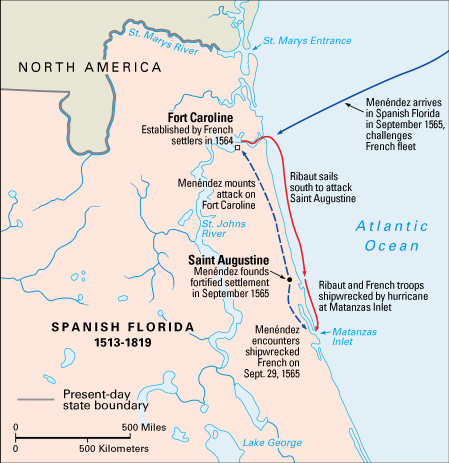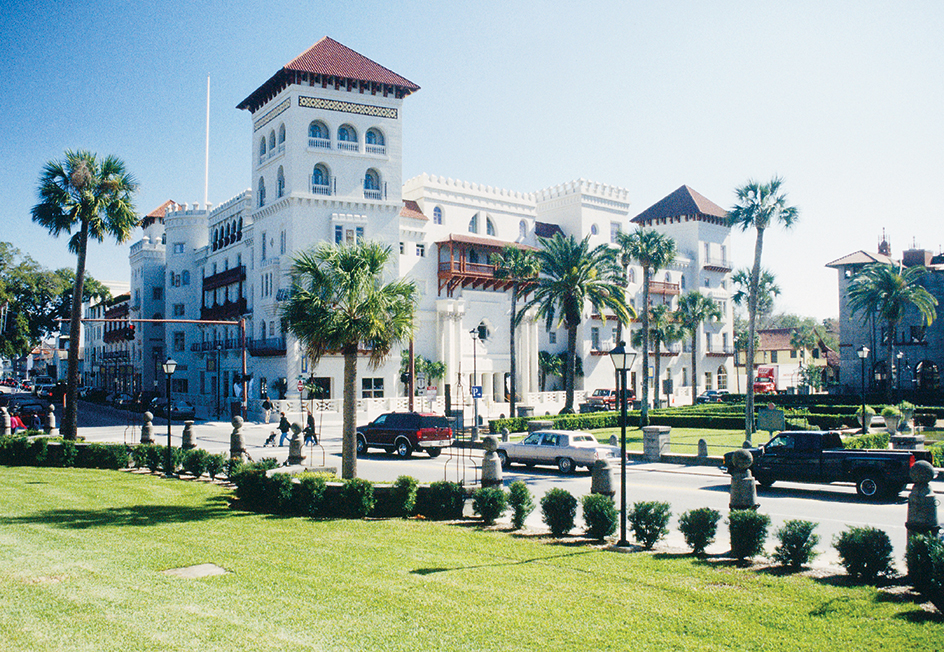Saint Augustine << AW guh `steen` >>, Florida (pop. 14,329), is the oldest permanent settlement established in the United States by Europeans. It was founded in 1565 by a Spanish explorer, Pedro Menéndez de Avilés. The priests and settlers who arrived with Menéndez built the first Christian mission in North America, Mission Nombre de Dios. St. Augustine lies in northeastern Florida, on the coastal waters of the Atlantic Ocean.

Spain ruled St. Augustine for more than 200 years. Some historians believe that Spanish explorer Juan Ponce de León visited what is now the St. Augustine area in 1513. During the late 1500’s, St. Augustine served as Spain’s military headquarters in North America. The English naval commander Sir Francis Drake looted and burned the settlement in 1586. Spain ruled St. Augustine until 1763, when the British gained control. Spain again ruled the settlement from 1783 until 1821, when Florida became a territory of the United States.

The narrow streets and Spanish-style architecture of the oldest district of Saint Augustine reflect the city’s rich history. Many of the old buildings have been restored to preserve the district’s historical atmosphere. The Castillo de San Marcos (Fort of Saint Mark), a large, gray stone fortress built by the Spanish in the 1600’s and now a national monument, dominates the city. This structure and many others in the city are made of coquina, a limestone formed of shells and coral.
St. Augustine became an important tourist resort when the railroad arrived in the 1880’s. Today, tourism is its chief industry. Other industries include boatbuilding, fishing, and food processing. The city is the home of Flagler College and the seat of St. Johns County. It has a council-manager form of government.

